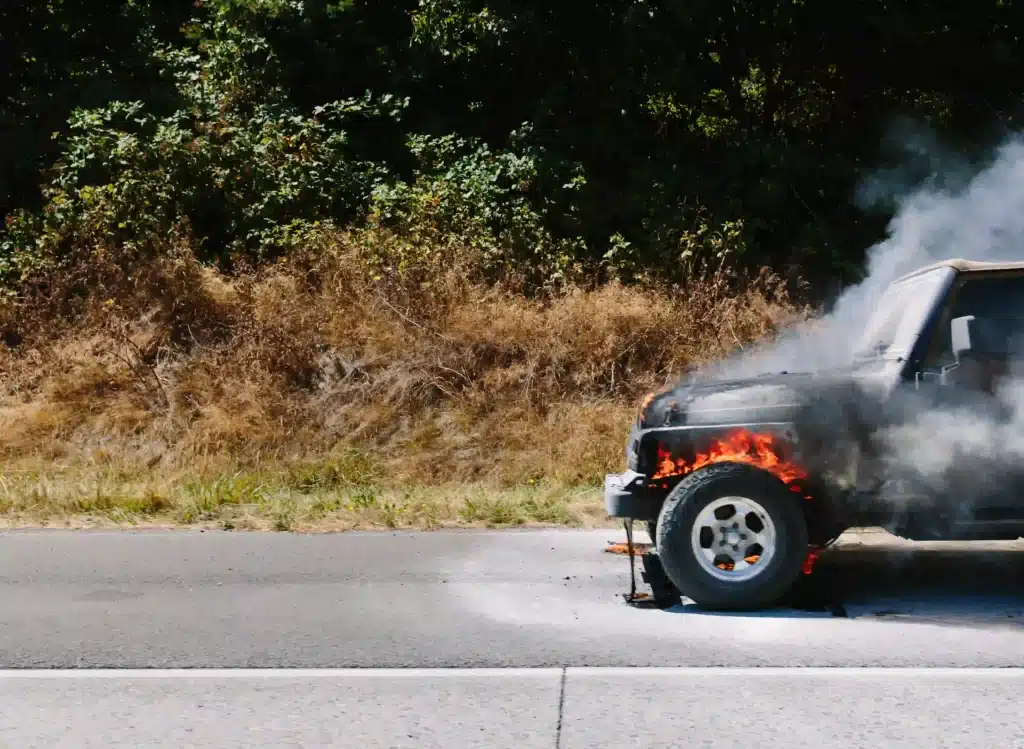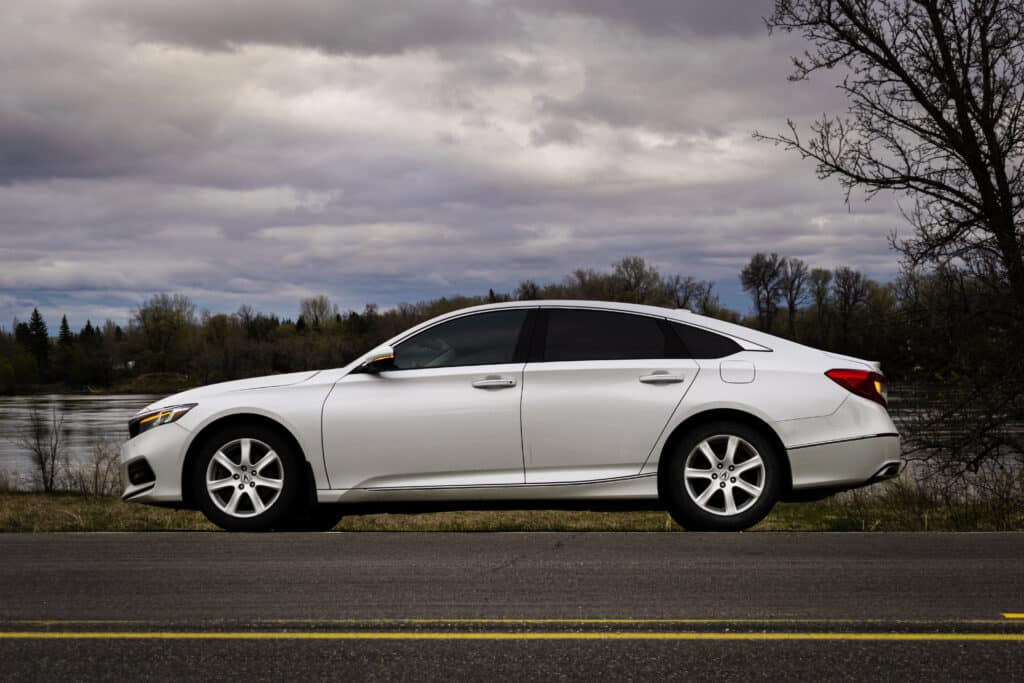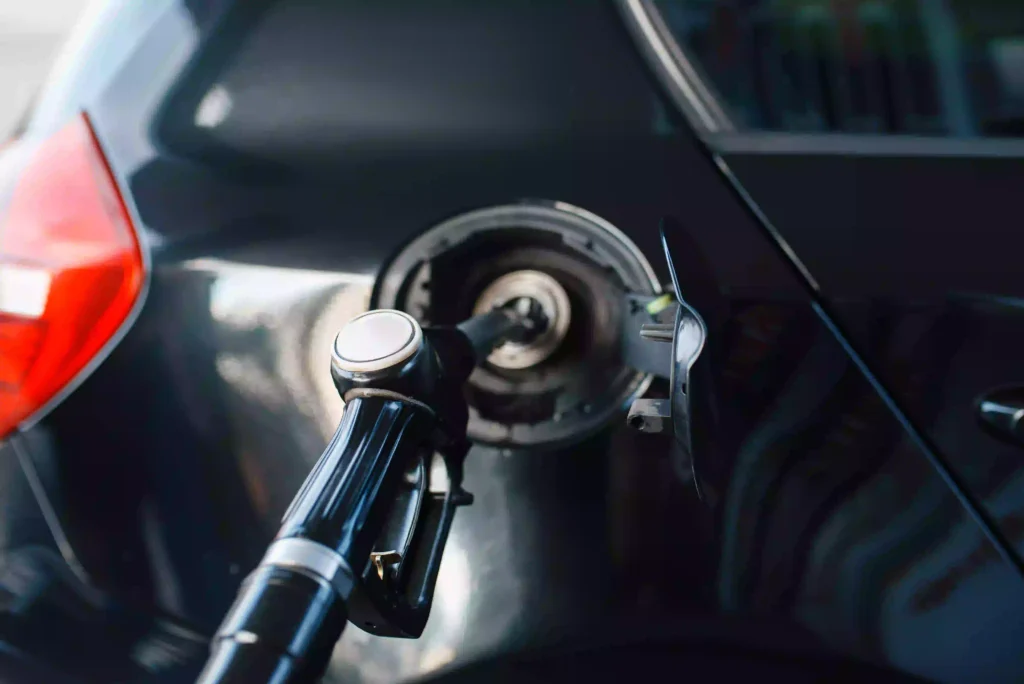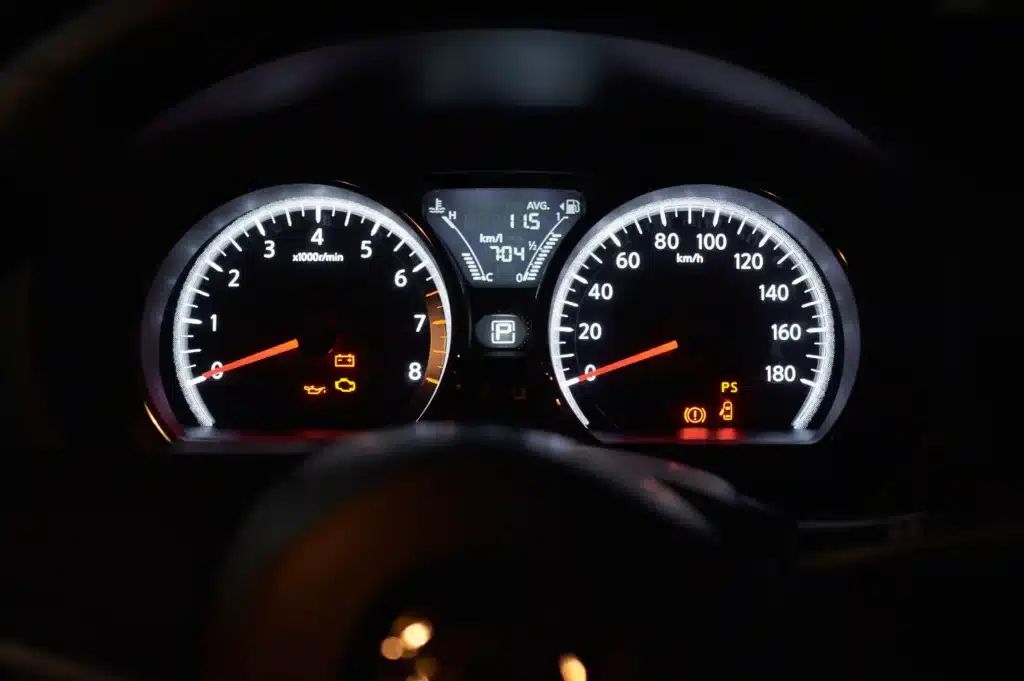
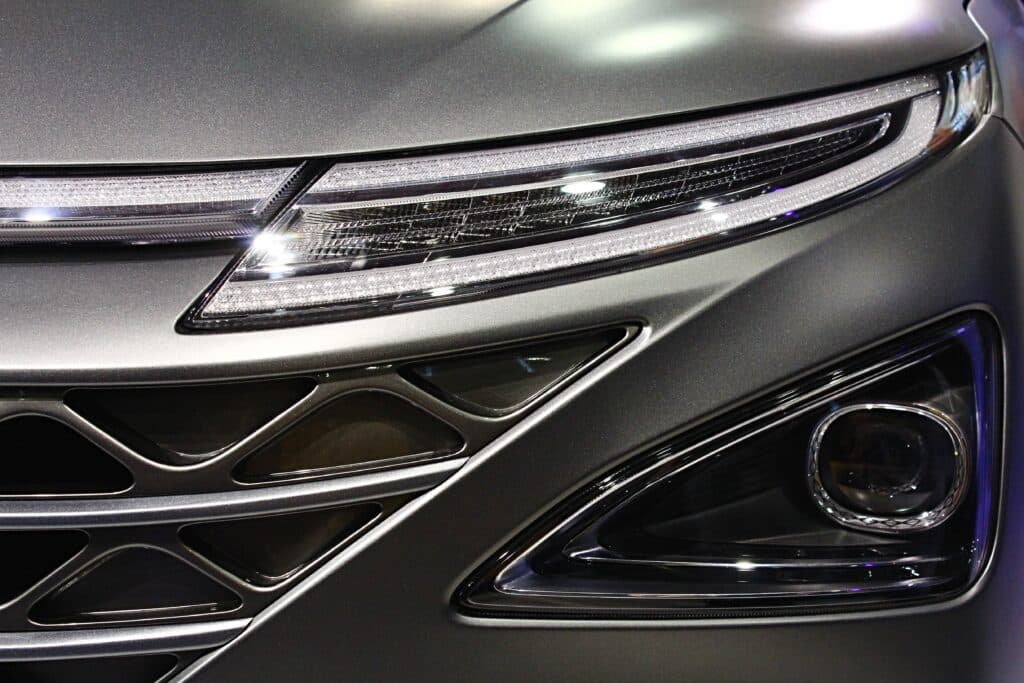
2025 Hyundai Palisade Problems: Complaints, Recalls, Lawsuits & What Owners Should Know
The 2025 Hyundai Palisade remains one of Hyundai’s most popular midsize SUVs, with an estimated 112,237 Palisades sold this year to date. However, early ownership reports, class action claims and technical service bulletins (TSBs) suggest…

